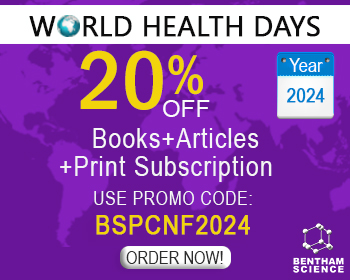Abstract
Specific noncovalent interactions that are indicative of attractive, directional intermolecular forces have always been of key interest to medicinal chemists in their search for the “glue” that holds drugs and their targets together. With the rapid increase in the number of solved biomolecular structures as well as the performance enhancement of computer hardware and software in recent years, it is now possible to give more comprehensive insight into the geometrical characteristics and energetic landscape of certain sophisticated noncovalent interactions present at the binding interface of protein receptors and small ligands based on accumulated knowledge gaining from the combination of two quite disparate but complementary approaches: crystallographic data analysis and quantum-mechanical ab initio calculation. In this perspective, we survey massive body of published works relating to structural characterization and theoretical investigation of three kinds of strong, specific, direct, enthalpy-driven intermolecular forces, including hydrogen bond, halogen bond and salt bridge, involved in the formation of protein-ligand complex architecture in order to characterize their biological functions in conferring affinity and specificity for ligand recognition by host protein. In particular, the biomedical implications of raised knowledge are discussed with respect to potential applications in rational drug design.
Keywords: Protein-ligand recognition, noncovalent interaction, crystal structure survey, quantum-mechanical calculation, rational drug design, intermolecular, biomolecular, halogen bond, hydrogen bond, typically proteins

























